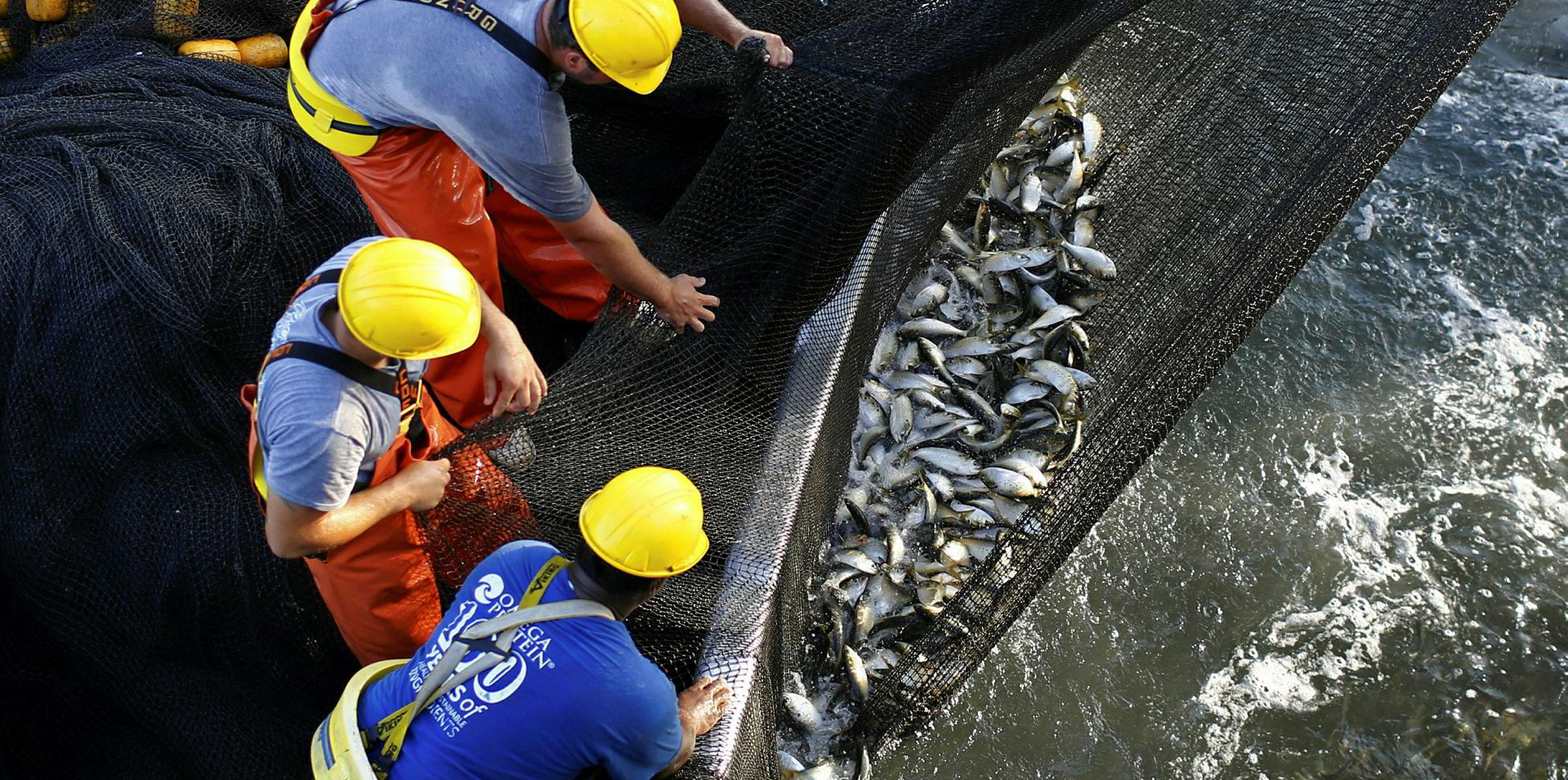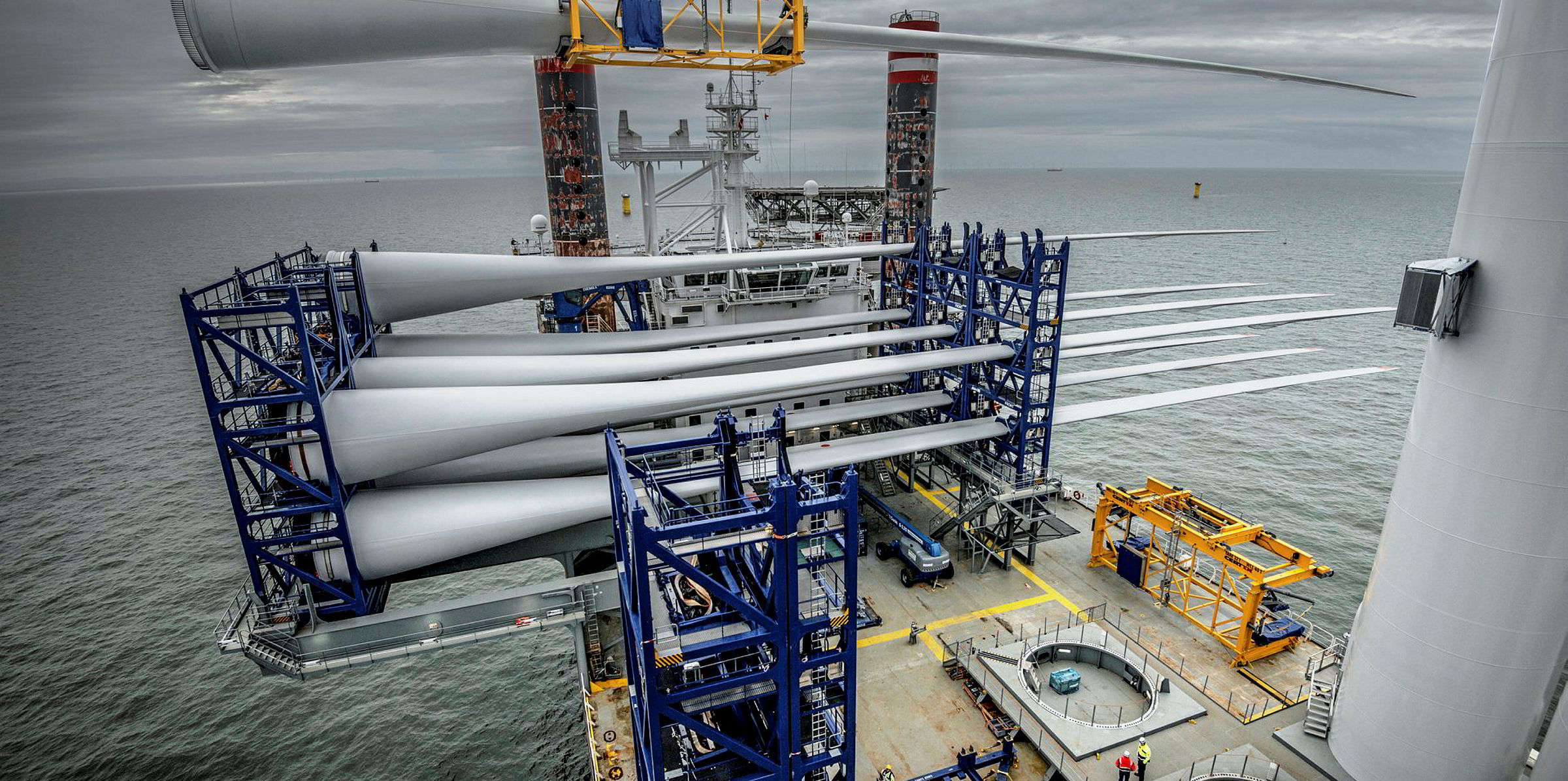The first large-scale US offshore wind farm suffered twin regulatory setbacks when a federal agency said it wasn’t ready to issue a final environmental impact statement (EIS) and a local authority rejected plans for undersea power cabling, citing fears of the local fishing industry.
The 800MW Vineyard Wind project is on a tight timetable as it races to enter full service off Massachusetts by the end of 2021, maximising the benefits it can extract from the investment tax credit (ITC) federal incentive for co-owners Avangrid and Copenhagen Infrastructure Partners.
That schedule looks set to come under greater pressure after the US Bureau of Ocean Energy Management (BOEM) delayed issuing Vineyard Wind’s final EIS, a key document under federal environmental law.
Vineyard Wind said in a statement: “We understand that, as the first commercial scale offshore wind project in the US, the Vineyard Wind project will undergo extraordinary review before receiving approvals. As with any project of this scale and complexity, changes to the schedule are anticipated. Vineyard Wind remains resolutely committed to working with BOEM to deliver the United States’ first utility-scale wind farm.”
The second knockback came from conservation commissioners in Edgartown, one of the local authorities that needs to sanction the Vineyard Wind export cable.
A hearing on Wednesday saw the commission vote 5-1 against approval, reported the Vineyard Gazette, with officials leaning heavily on objections raised by the local fishing industry.
The local newspaper quoted one commissioner saying: “These are guys out there in a boat trying to make a living out there. They know how the current works. They know the sand works, and when I listen to them, and I hear this ... I just feel unintended consequences are all over this.”
Vineyard Wind has been contacted for comment on the Edgartown decision.
The project already has a number of permits in the bag, and has lined up an array of suppliers from the global offshore wind sector including MHI Vestas, which is due to deliver its 9.5MW turbines.
Vineyard Wind will mark an exponential leap for the US offshore wind industry, which currently has just five, 6MW turbines in the water off Rhode Island but is seeing the emergence of big new projects as states advance ambitious tender programmes – most recently with a 1.1GW Orsted win off New Jersey.



